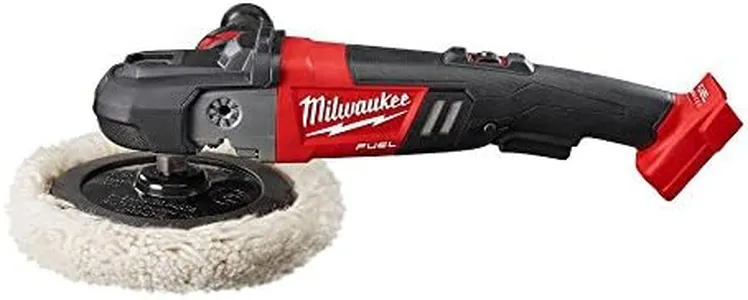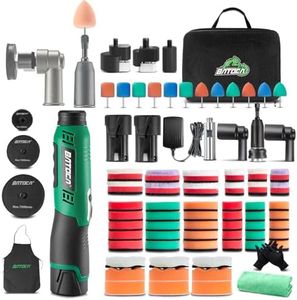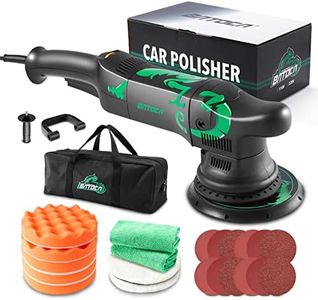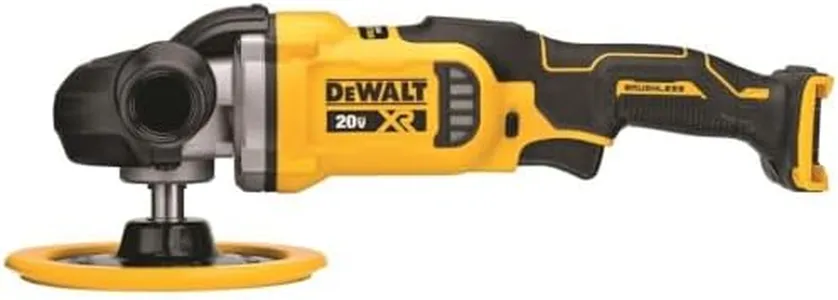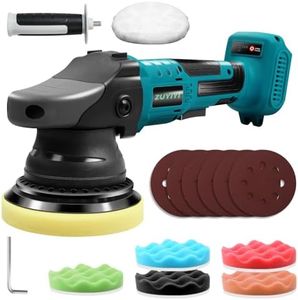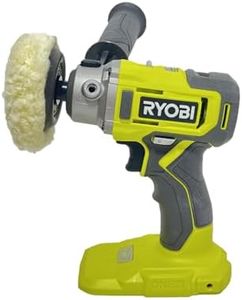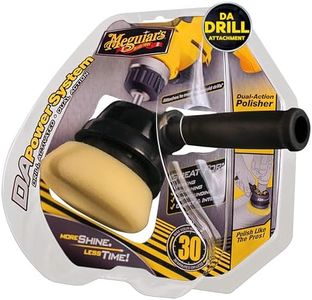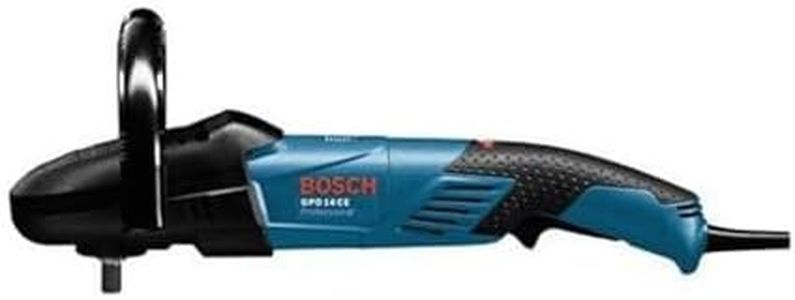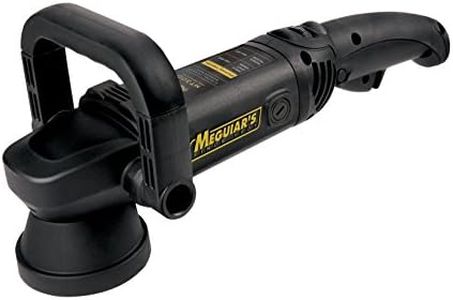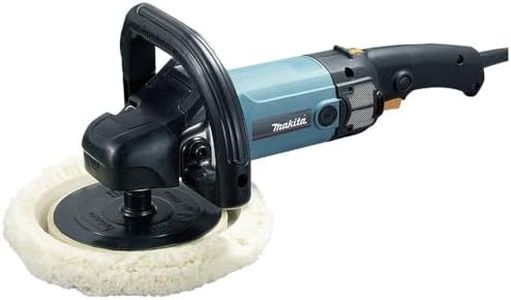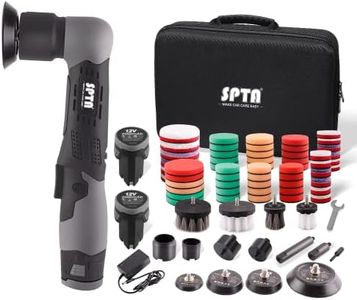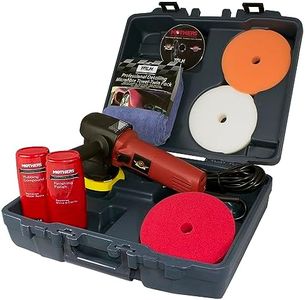We Use CookiesWe use cookies to enhance the security, performance,
functionality and for analytical and promotional activities. By continuing to browse this site you
are agreeing to our privacy policy
10 Best Da Polishers
From leading brands and best sellers available on the web.Buying Guide for the Best Da Polishers
Choosing the right DA (dual action) polisher can make a huge difference when it comes to car detailing, whether you’re a beginner or a seasoned enthusiast. The perfect DA polisher will help you achieve a flawless finish with less risk of damaging your vehicle’s paint. When picking one, focus on ease of use, power, speed variability, and comfort. Consider your own experience level, the types of jobs you plan to tackle, and the surfaces you’ll be working with. Let’s break down the most important features you should consider.Motor Power (Wattage or Amps)Motor power refers to how much electrical energy the device uses and converts into polishing force. This spec matters because it determines how efficiently the polisher can work on different surfaces and deal with tougher polishing jobs, such as removing deep scratches. Lower power (like under 500W or 5A) is typically suitable for light, occasional use and very delicate paint; moderate power (500–800W or 5–7A) strikes a balance for most home detailers; higher power (800W and above) is best for tackling bigger, more demanding jobs and frequent use. If you’re just starting out or mainly caring for your own car, a moderate power rating is usually best to avoid overwhelming yourself or risking burning the paint. Professional users who work on many cars or on harder paints might want higher power for greater efficiency and capability.
Orbit Size (Throw)Orbit size, often measured in millimeters, represents how far the polisher’s backing plate moves in a circular path. This matters because larger orbits cover more area and increase cutting ability, but may be harder to control on intricate sections. Common segments include small orbits (8mm or less) for fine, slow polishing and better control on curves, medium (8–15mm) as a balanced choice for both cutting and finishing, and large orbits (15mm or more) for fast coverage on larger, flat panels. If you mostly work on big, flat surfaces choose a larger throw; for tighter, curved areas, a smaller throw is easier to manage and safer for your paint.
Speed Range (OPM—Orbits Per Minute)Speed range, typically given as orbits per minute (OPM), tells you how fast the polisher’s head moves. This is important because different paint conditions and compounds require different speeds: lower speeds (around 2,000-3,500 OPM) are gentle for waxing and finishing, middle speeds (3,500-5,000 OPM) are good for general polishing, and high speeds (over 5,000 OPM) can help with more aggressive correction. Models with a wider speed range can handle more tasks and let you adjust to your comfort level, while simpler models might only offer fixed speeds. Match your speed range to how much control you want: more adjustability is great if you plan to do various detailing jobs or want to experiment.
Weight and ErgonomicsWeight and ergonomics refer to how heavy the polisher feels and how comfortably it fits in your hands during use. These factors are crucial because a heavy or poorly designed tool can quickly tire you out, especially on larger jobs. Lightweight models (under 2kg) are easier for long periods and suited for home users; midweight (2–2.5kg) offers a compromise between stability and comfort; heavyweight (over 2.5kg) may feel more robust but can be tiring. Good ergonomic design includes things like grip positions, vibration dampening, and switch placement. If you plan to detail your car occasionally, lighter and more comfortable designs will reduce fatigue and mistakes, while professionals might prioritize durability and control, even if slightly heavier.
Backing Plate CompatibilityBacking plate compatibility is about what size and type of pads you can attach to your polisher. This matters because using the right size makes the tool effective and safe. Popular sizes include 3-inch (for spot repairs and small areas), 5-inch (best for general work and most cars), and 6-inch (for fast work on large panels). Check that the polisher supports easy changing of plates so you can adapt to different tasks. If you plan to do primarily normal car panels, 5-inch is the best starting point; if you foresee working on tight spots or curves, ensure your polisher can accept smaller options.
Noise and Vibration LevelsNoise and vibration levels measure how loud and shaky the polisher is during use. This is important because excessive noise is uncomfortable, and high vibration can make it hard to control the tool or cause fatigue or numbness in your hands. Models range from quiet/low-vibration (most comfortable for long use), to moderate, to loud/high-vibration (which can only be used comfortably for short periods). If you are sensitive to sound, will use the tool for extended sessions, or work in residential areas, look for quieter and smoother-running options to provide a better overall experience.
